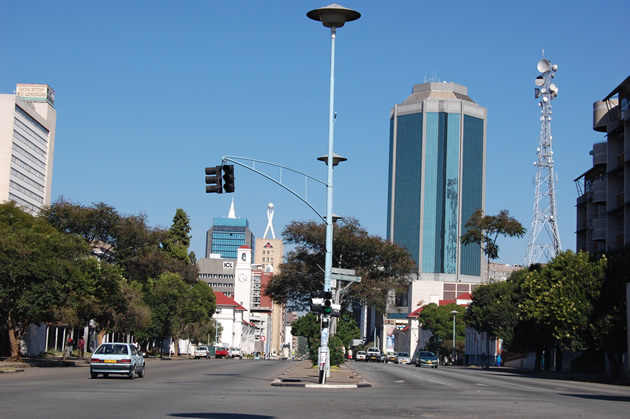
The Sunday Mail

Business Reporter
GOLD coins, introduced by the country’s monetary authorities in July 2022, have managed to serve as a convenient way of storing value.
Speaking at the official launch of the gold coins, Reserve Bank of Zimbabwe Governor Dr John Mangudya said they were designed to reduce the disproportionate demand for the US dollar in the economy.
“We are now providing that store of value to ensure that people do not run to the parallel market in search of foreign currency to store value,” he said. “And there is no other better product that can be used to store value other than gold.”
The first batch of gold coins numbering 2 000 were issued and sold at US$1 823.
However, on Thursday, they were selling at US$2 265, a 24,2 percent gain in less than two years. The price of the gold coins is determined by the international market rate for an ounce of gold, plus five percent for the cost of producing the coin.
Gold coins are found in different sizes. The one-ounce coin now goes for US$2 265.32, half an ounce US$1 132.66, quarter of an ounce US$566.33 and a tenth of an ounce US$226.53.
Information is, however, not readily available in terms of how many gold coins have been sold to date.
As at September 30, 2023, the pension funds industry had acquired 2 009 coins of varying denominations but with the bulk of 1 908 coins being the one-ounce coins.
Gold coins are not the only gold-related value-preservation instrument available on the market.
The central bank introduced gold-backed digital tokens in May 2023.
People can buy the tokens and use them as a way to save their money or conduct “person-to-person and person-to-business transactions and settlements”.
The token can also be used for transaction purposes “over and above its value-preservation purposes”.
As at Wednesday March 20, 2024, the central bank had sold 814 339 222 milligrammes or 8 114.34kg worth of gold-backed digital tokens.
The buy and sell rates as at that date were 0.0659 US cents and 0.0728 US cents, respectively.
The Zimbabwe dollar (ZWL) has been losing value against the US dollar. It started the year at an exchange rate of $6 192.4022 to the greenback, but has since tumbled to $19 825.9982.
Economic analyst and asset manager Dr Alfred Mthimkhulu, whose firm, Bard Santner Inc, introduced a gold coin unit trust, believes the gold coins were and remain ideal.
“Absolutely, 25 percent return in 18 months in USD is very good. The gold coin and the gold-backed digital token have also done reasonably well as open market instruments of the central bank,” said Dr Mthimkhulu.
Financial analyst Mr Rufaro Hozheri said focus should be on the gold coins bought in the Zimbabwe dollar considering that more than 90 percent of the coins were purchased in the local currency.
He pointed out that the ZWL price is influenced by the USD gold price change.
“If someone bought and held the coins in July 2022, when they were issued, and held them, their nominal return would be a whopping 5 100 percent. In comparison, someone who would have taken a view of the ZSE (Zimbabwe Stock Exchange) All-Share Index would be talking about a 1 200 percent nominal gain. This is testament that the gold coins have been a better investment as they tracked the currency devaluation better than the bourse.
“However, from an open market operation perspective, I think they have not done much in terms of either reducing the demand for USD or slowing down inflation or currency devaluation,” said Mr Hozheri.
Financial economist Mr Malone Gwadu said to some extent, the gold coins and tokens have done well “as a value-preservation instrument given the appreciation in USD terms indexed to the gold commodity price”.
He added that the coins and tokens have also served as a saving and value-preservation alternative to the USD.
“This has, by derivation, reduced pressure on the ameliorating exchange rate volatility and inflationary pressures”.
Mr Gwadu, however, said more work still needs to be done around the instruments’ convertibility back to the currency for trade or perhaps its adoption as a currency for trade in the market. “This will enhance its acceptability because, as it stands, it’s only convertible at local banks at the official exchange rate that is perceived to be distortionate by the market,” said Mr Gwadu.






